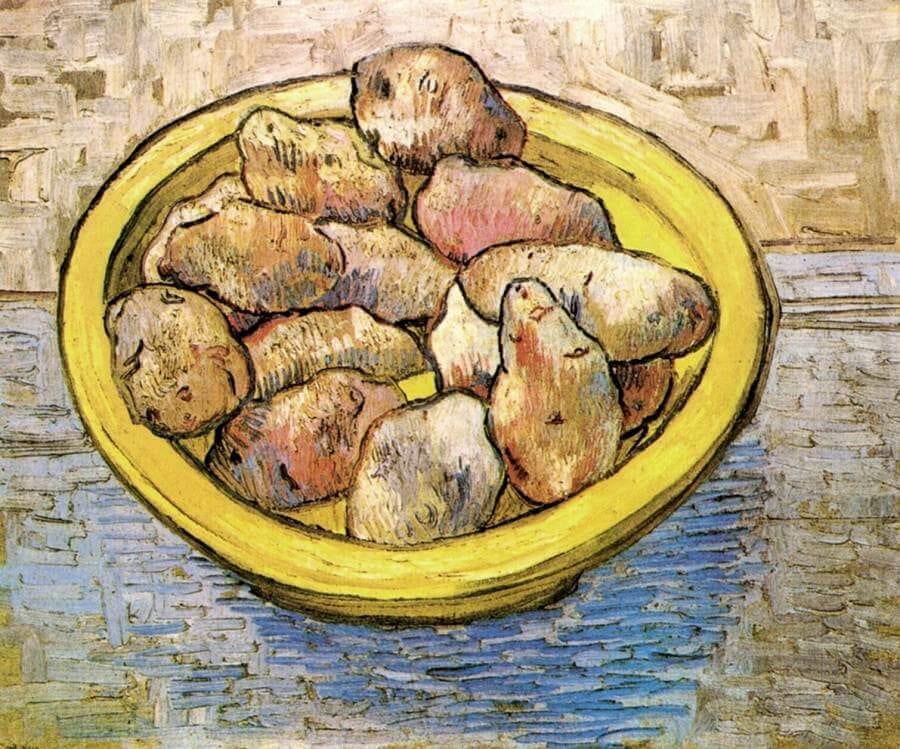
Four hundred and ninety-two years ago, an encounter took place in the northern highlands of Peru that would forever change the way we eat.
Here, in the mountains, we find Atahualpa, the emperor of the Inca Empire. He was spending a few days enjoying the thermal springs in the city of Cajamarca, after winning the largest battle in Inca history. As his army of 30,000 men recovered in their temporary camp, 180 Spanairds turned up demanding allegiance to some far away king they had never heard of. Led by a man named Francisco Pizarro, the Spanish had arrived in South America in 1528 and had spent the last four years trying to find the emperor – you know, to establish “trade relations.”
Atahualpa was about 30 years old and the most powerful man on the continent. He apparently spoke in a very low voice and had bloodshot eyes. Perhaps unsurprisingly, he was largely unimpressed by these dirty pale faced foreigners and so he refused to submit to their Christian king. How could he possibly have foreseen how this would go?
Sometimes history takes unexpected turns. A powerful army is suddenly brought to its knees by a few guys on horseback and some germs. A single conversation ripples out through the world order and changes the course of history. Sometimes a single root vegetable has the ability to end famine – or create it.




